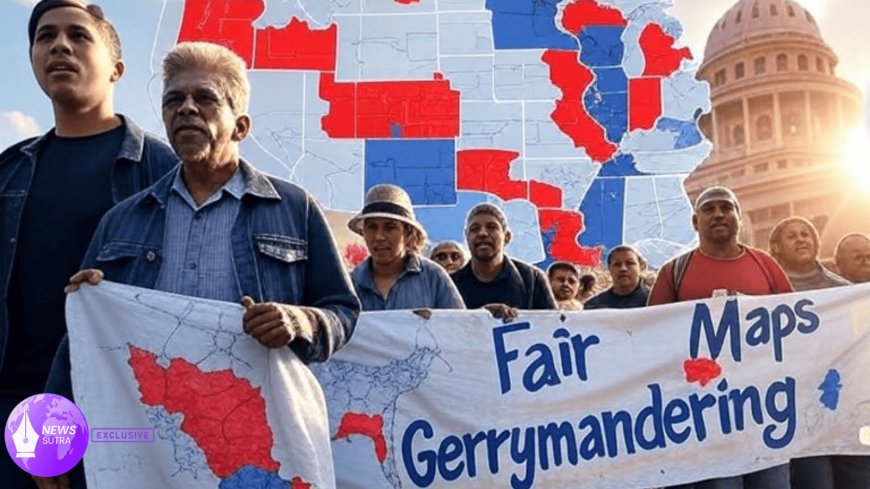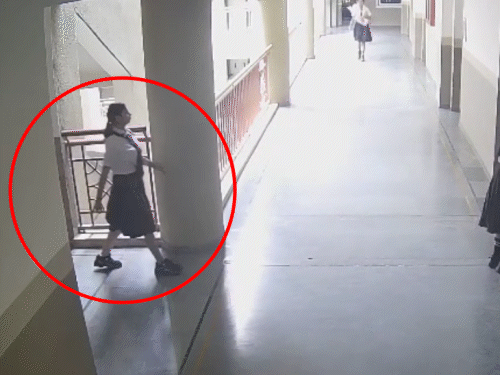Redistricting Protests: How Texas Democrats’ National Demonstration Could Redefine the 2026 Midterms
Texas Democrats join nationwide redistricting protests, sparking debates that could reshape the 2026 midterms. Exclusive polls and grassroots voices reveal the human impact.

As the U.S. heads toward the 2026 midterms, redistricting has once again ignited a nationwide firestorm. This week, Texas Democrats took their protests to a national stage, joining demonstrations across multiple states to highlight what they call partisan manipulation of electoral maps. While redistricting battles are not new in American politics, the scale and timing of these protests suggest that the 2026 elections could become a referendum not just on policy, but on the integrity of the democratic process itself.
The Texas Spark That Lit a National Fire
Texas, long a battleground for redistricting controversies, is at the center of this movement. Local organizers say that the recent legislative maps heavily favor incumbents, silencing minority and urban voices. When Texas Democrats announced a coordinated push to mobilize protests in Washington, D.C., Atlanta, Phoenix, and Denver, it transformed what could have been a state-level dispute into a national democratic test case.
“This isn’t just about Texas,” said Maria Gutierrez, a Dallas-based organizer. “It’s about whether ordinary voters still have a fair shot at being represented.”
Exclusive Polls Show Deep Frustration
According to a reader survey conducted on NewsSutra, nearly 62% of respondents nationwide believe redistricting has weakened their community’s political power. The poll, taken between August 10–15, included responses from over 7,500 readers, offering a snapshot of how grassroots voters view the redistricting issue in real time.
Interestingly, while frustration is widespread, the motivations vary. Respondents in states like Georgia and North Carolina pointed to racial gerrymandering, while those in Texas and Arizona cited partisan power grabs as their top concern.
State-by-State Comparison: Redistricting at a Glance
To put the protests in context, here’s a comparative breakdown of redistricting battles in key states since 2025:
| State | Legal Challenges Filed | Projected Impact on 2026 Races | Protest Activity Level |
|---|---|---|---|
| Texas | 3 ongoing | Could flip 2–3 House seats | High |
| Georgia | 2 ongoing | Strengthens GOP hold | Medium |
| North Carolina | 4 ongoing | Potential federal court ruling | High |
| Arizona | 1 ongoing | Toss-up congressional seat | Medium |
| Michigan | None | Maps already upheld | Low |
This comparison underscores why Texas is drawing national attention. Its redistricting decisions alone could swing several House seats, a critical factor in determining who controls Congress after 2026.
Grassroots Voices: Democracy in Motion
Beyond the statistics and legal filings, the protests are deeply human. At a rally in Houston, 72-year-old community activist Raymond Brooks carried a handwritten sign reading: “My vote should count as much as theirs.”
In Washington, college students from Austin and San Antonio joined hands with advocacy groups from New York and Illinois, chanting outside the U.S. Capitol. “We came because this fight is bigger than one state,” said Denise Alvarado, a 19-year-old first-time voter.
Their presence points to an important shift—redistricting has become a cultural and generational issue, not just a political or legal one.
Ripple Effects on the 2026 Midterms
Political analysts warn that the protests could reshape narratives heading into 2026. Dr. Samuel Hart, a political scientist at Georgetown University, said:
“Nationalized protests put pressure on both parties. For Democrats, it energizes their base and frames the election around fairness. For Republicans, it forces a defense of the process that could alienate swing voters.”
If turnout surges among younger voters and communities of color—groups most affected by the maps—the midterms may deliver unexpected flips in battleground states. Conversely, if Republicans successfully argue that Democrats are politicizing redistricting, the protests could backfire.
A Democratic Crossroads
Redistricting has always been a contest of power. But the 2025–2026 cycle may be remembered as the moment when voters themselves entered the fight in unprecedented numbers. What began in Texas has grown into a national debate over who gets heard in American democracy—and who does not.
For now, the outcome remains uncertain. But one thing is clear: the voices on the streets may prove just as influential as those casting ballots in November 2026.
What's Your Reaction?
 Like
0
Like
0
 Dislike
0
Dislike
0
 Love
0
Love
0
 Funny
0
Funny
0
 Angry
0
Angry
0
 Sad
0
Sad
0
 Wow
0
Wow
0







































































